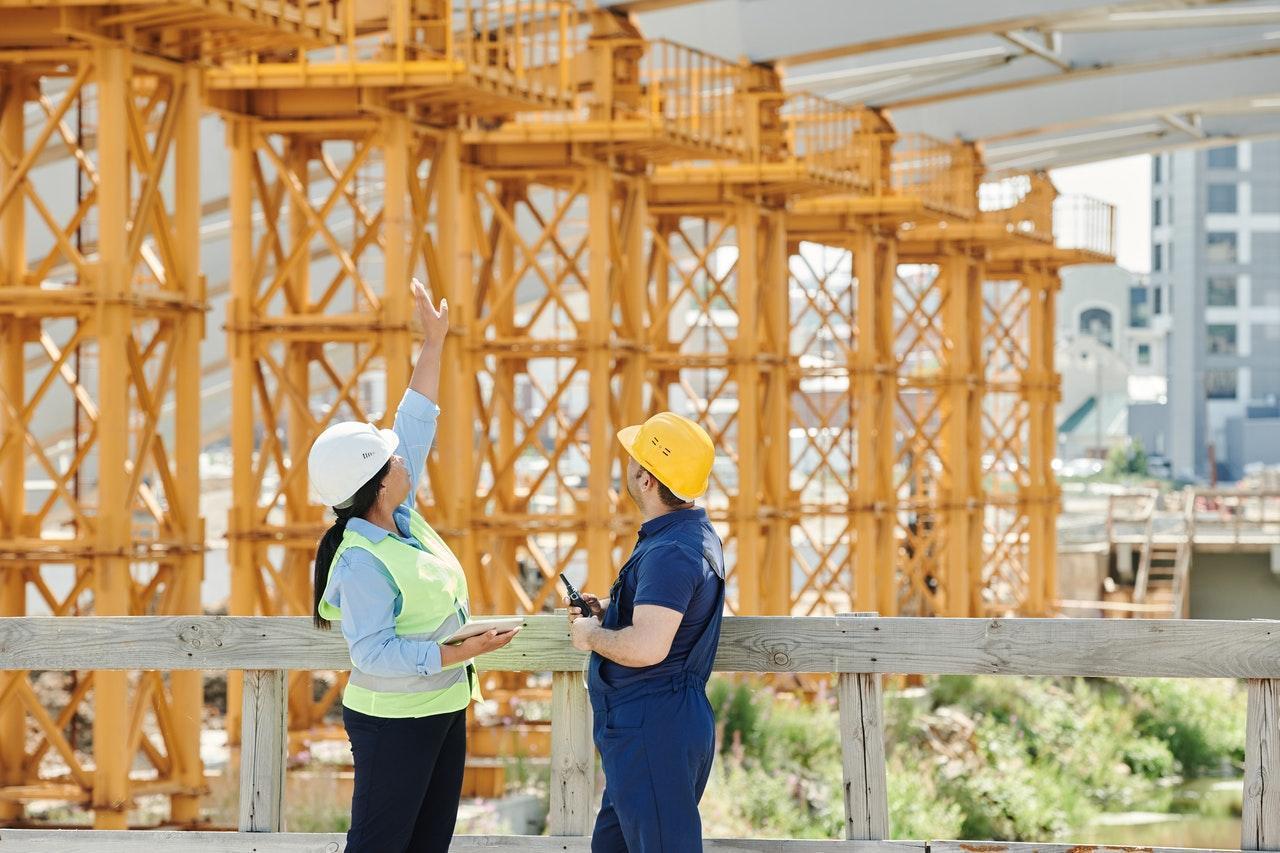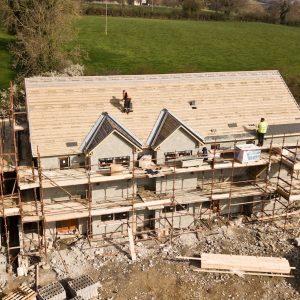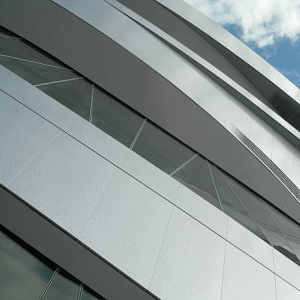The construction industry is continually evolving to change the future of building. Currently, innovators have made a shift of construction materials to solve the industry’s main challenges, such as inefficiency and high costs.
The construction industry is now using lighter, stronger, and more sustainable materials. Materials Market is selling new building materials that are also environmentally friendly. This has influenced construction companies to update themselves on these new materials to maintain a competitive edge.
Types of building materials used in construction
Here are some of the new types of building materials used in construction this 2022.
Aerographite
Aerographite is one of the materials you should expect to see in use this year. The material is strong and bendable, and it is made from hollow carbon tubes. Construction experts prefer it because it can conduct electricity, as well as withstand significant vibration.
Additionally, it is relatively light. Its bendable quality enables it to fit in a space that’s 95 percent of its normal area. You can also remove it from the same area and it returns to its normal shape with no damage.
Modular bamboo
Modular bamboo will become one of the most innovative and versatile building materials used in 2022. An aspect that makes it a material for today and the future is its availability and lightweight nature. That notwithstanding, it is stronger than steel and can take numerous shapes to fit different construction styles.
Modular bamboo is also cost-friendly, making it ideal for low-cost housing. Moreover, bamboo has a short harvest cycle of about 3 years. Using bamboo is also environmentally-friendly because it limits deforestation and is also resistant to earthquakes.
Translucent wood
Another building material that has taken the construction industry by storm in 2022 is translucent wood. The material is recently developed technology, and as the name suggests, it is translucent. The translucent wood is formed by eliminating the lining in the wood veneer. Afterward, the wood undergoes Nano scale tailoring.
The material has been formed to act as an alternative to glass and plastic. Besides, it is cheaper, more readily available, and environmentally-friendlier compared to glass and plastic. What’s more, this material is energy-efficient.
Aluminum foam
Another trend that construction companies have adopted is using aluminum foam. Technically, these are panels created by injecting air in molten aluminum at specific temperatures.
Injecting the air forms air bubbles, which then stabilize to form foam panels. The panels comprise interesting patterns and layers that have a particular texture. The panels also have opacity, brightness, and transparency. Based on the manufacturing process used, these panels usually vary in shape, density, and visibility.
Cross-laminated timber
Cross-laminated timber is yet another innovative building material that has transformed the construction industry. Technically, this is an engineered wood that is quite resilient and sustainable, making it a preferred option by construction companies.
The material is formed through gluing layers of solid-sawn timber together. The layers are perpendicular, giving this material an impressive comprehensive strength. The design also makes it more tensile.
Although cross-laminated timber originated in Europe, it is now widely used across the globe. Its increased popularity hails from the fact that it features excellent quality and has a flexible design. Moreover, it takes relatively short to produce and has natural-looking aesthetics.
Graphene
Graphene is also another new type of building material. The material is often called the miracle material by experts because it comprises multiple materials. Overall, this is a one-atom layer of pure carbon.
Graphene comes in extremely thin sheets. But despite the slimness of a single sheet, the material is quite sturdy. That notwithstanding, it conducts electricity and is virtually transparent. Graphene has multiple applications, including creating aerospace materials and solar cells.
Light-generating cement
One of the most intriguing innovations in the construction industry today is light-generating cement. The cement absorbs sunlight during the day, and then irradiates the light at night, acting as a light bulb. Construction experts prefer this material because it is highly energy efficient.
That notwithstanding, the applications for the light-generating cement are limitless. The material is used in parking lots, swimming pools, road safety signs, facades, and outdoor bathrooms, among others. Moreover, it improves the aesthetic value of a place and is part of the green building initiative.
Conclusion
Modern society is characterized by numerous and drastic changes. Most of these changes are focused on increasing efficiency, sustainability, and environmental friendliness. Similar is the case in the construction industry.
The construction industry has shifted towards new types of lighter, stronger, and more sustainable building materials. These materials have helped to resolve some of the critical challenges in the industry like high costs. As a result, construction companies have adopted the new building materials. You can learn about some of the new building materials used in 2022 herein.





